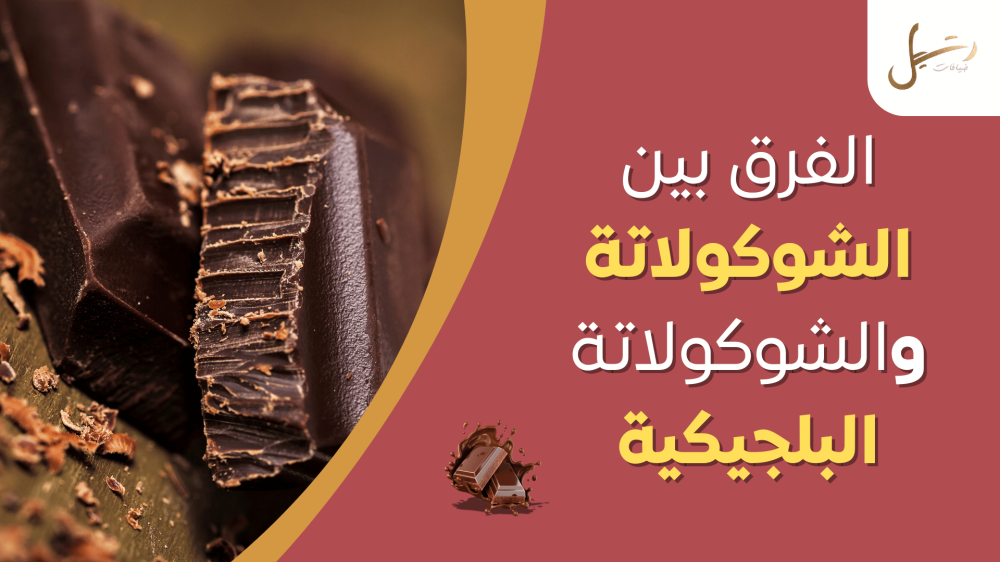Chocolate is one of the most beloved treats around the world, known for its rich flavor and universal appeal. From cakes and truffles to hot drinks and candy bars, chocolate finds its way into nearly every celebration and moment of indulgence. Among the many varieties, Belgian chocolate stands out as one of the most luxurious and distinctive types. But what exactly sets it apart from regular or traditional chocolate?
In this article, we’ll explore the key differences between traditional chocolate and Belgian chocolate—and why the latter is considered a gold standard for chocolate lovers everywhere.
What Is Traditional Chocolate?
Traditional chocolate refers to the common types of chocolate found around the world, typically made from a mixture of cocoa, sugar, milk, and sometimes butter. These chocolates come in several forms:
- Milk Chocolate: Made with milk powder or condensed milk, giving it a sweet, creamy taste.
- Dark Chocolate: Contains a higher cocoa content and less sugar, offering a more intense, bittersweet flavor.
The basic production involves roasting and grinding cocoa beans, then mixing the paste with sugar and dairy ingredients before it is molded and cooled into bars or other shapes.
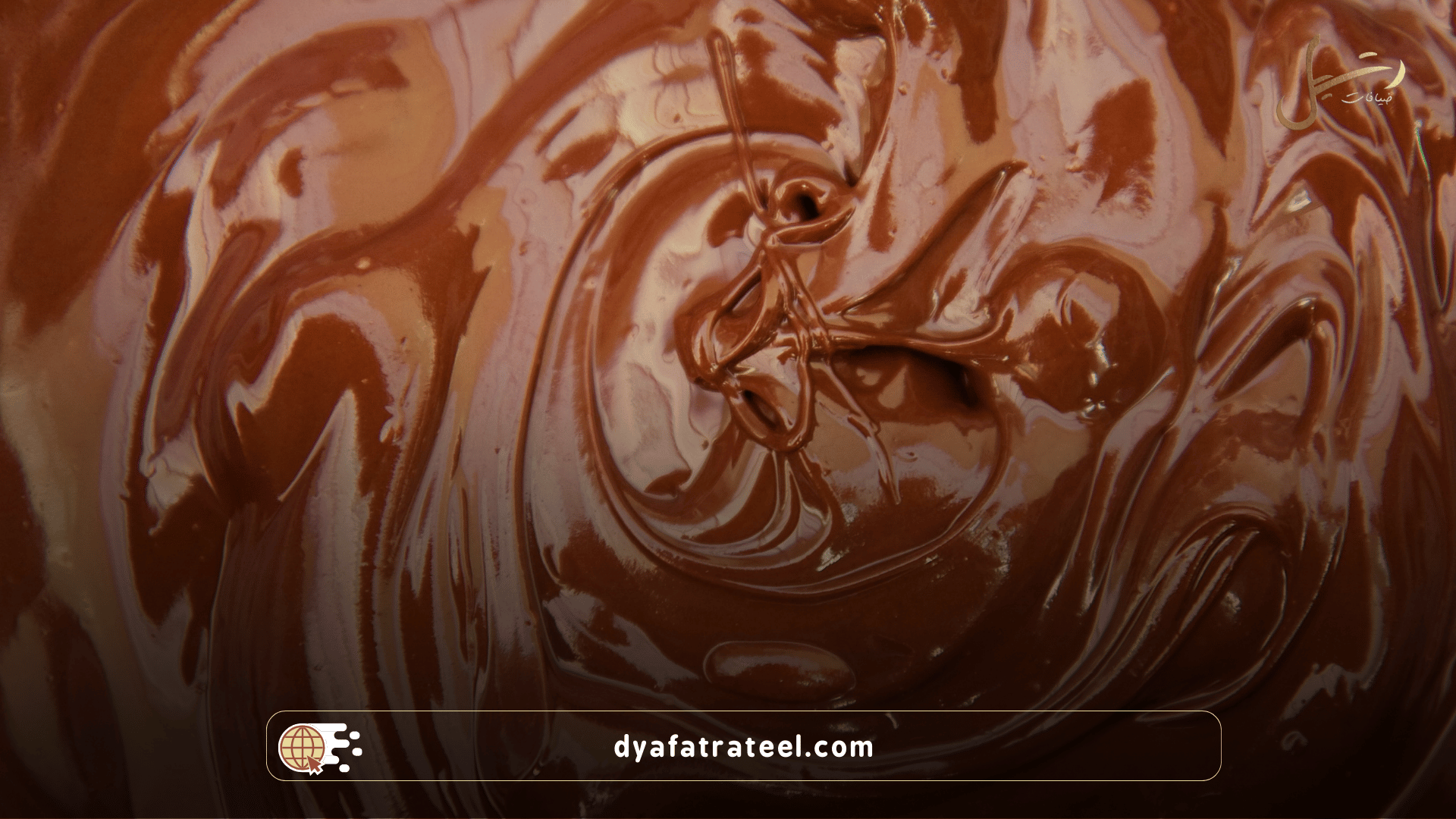
What Is Belgian Chocolate?
Belgian chocolate is known globally for its premium quality and artisan craftsmanship. What makes it different?
- It uses high-grade cocoa beans, fine sugar, and rich dairy products.
- Belgian chocolate production emphasizes precision and handcrafting, especially in praline fillings and textures.
- The tradition dates back to the 19th century, and Belgium has since built a strong reputation as a world leader in luxury chocolate.
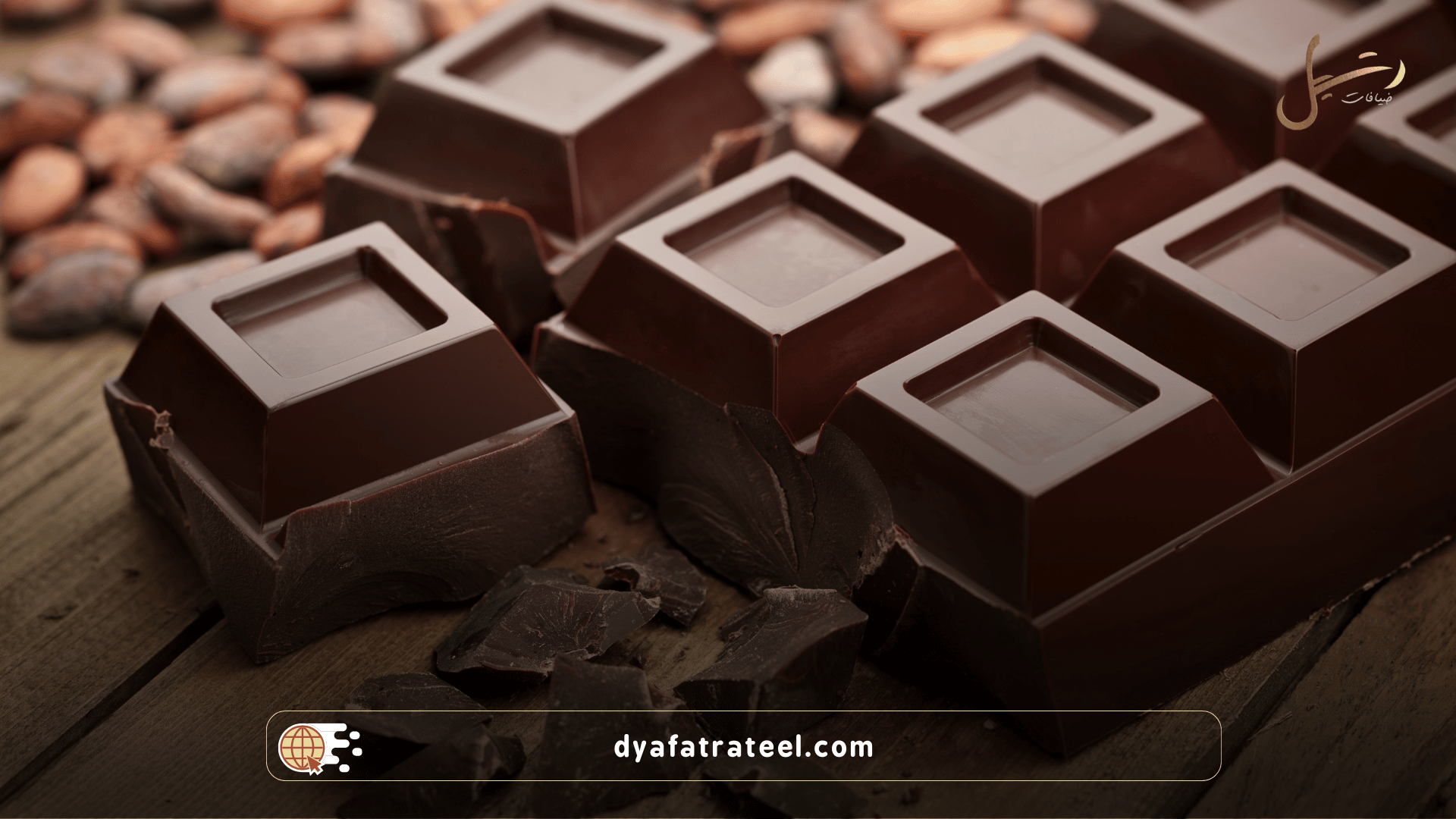
One major distinction is the conching (mixing and refining) process, which Belgian chocolatiers execute carefully to produce a silky-smooth texture and complex flavor profile.
Ingredient Comparison: Belgian vs. Traditional Chocolate
IngredientTraditional ChocolateBelgian ChocolateCocoaOften average qualityPremium, carefully sourced cocoa beansSugarSometimes overly sweetHigh-quality sugar in balanced proportionsMilkMay use lower-fat milkRich, high-quality dairyAdditivesCommon in mass-produced typesMinimally processed, fewer additives
Belgian chocolate often contains 60-70% cocoa, while many standard chocolates use lower percentages.
Manufacturing: How Is Belgian Chocolate Made?
- Ingredient Selection: Only the best cocoa, sugar, and milk are used.
- Refining: The cocoa is ground into a fine paste for smooth texture.
- Mixing: Ingredients are carefully blended to achieve flavor harmony.
- Molding & Cooling: Chocolate is poured into molds and cooled slowly.
This level of detail gives Belgian chocolate its luxurious mouthfeel and rich taste.
Flavor & Texture: Why Belgian Chocolate Tastes Better
Belgian chocolate is praised for:
- Silky texture: It melts beautifully on the tongue due to expert refining.
- Balanced flavor: Not overly sweet, and has a deep cocoa presence.
- Aromatic profile: Fine ingredients and careful processing preserve the natural notes of cocoa.
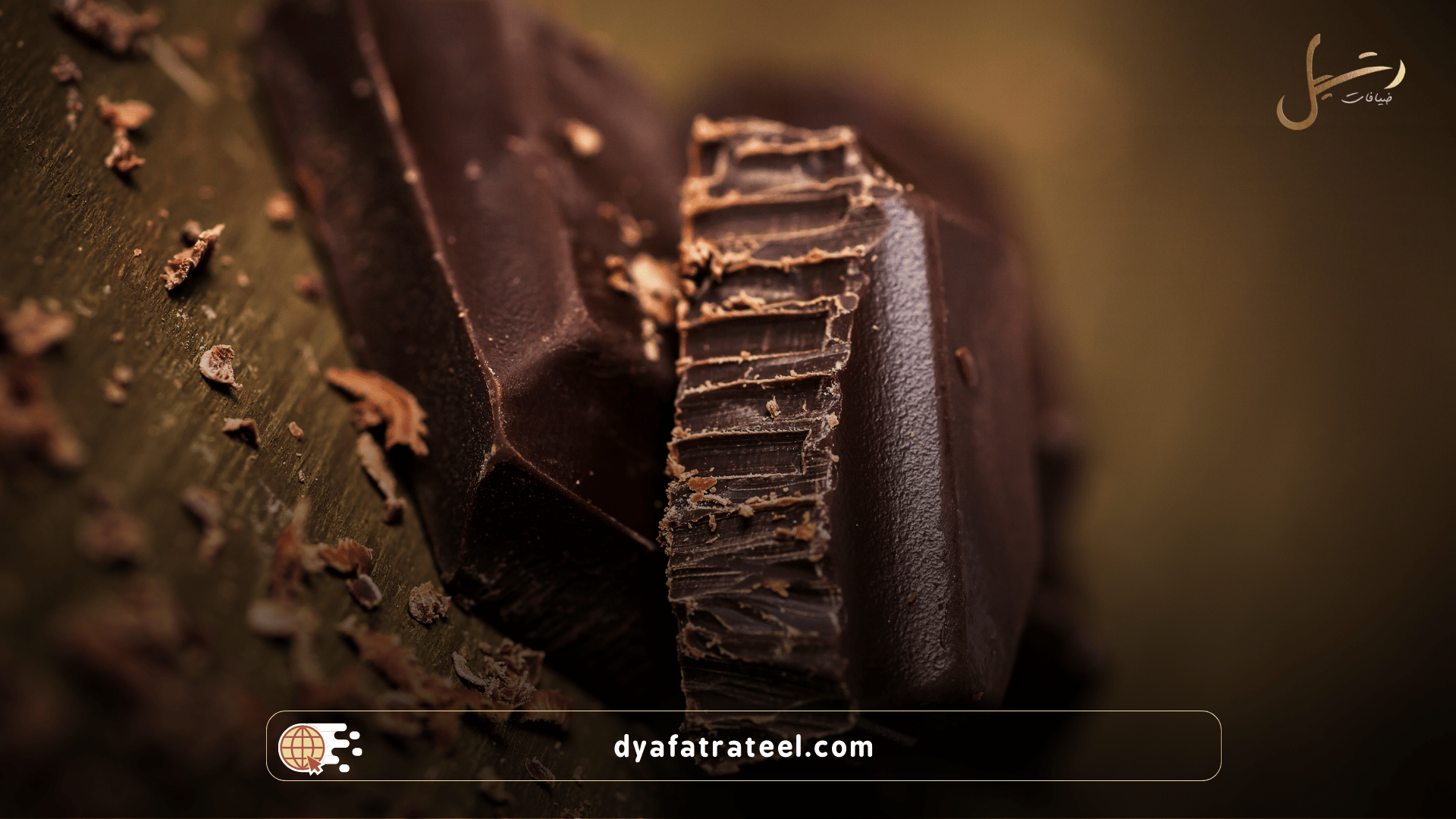
More than 70% of dark chocolate lovers in consumer studies prefer Belgian varieties for their depth of flavor and smooth finish.
How to Choose High-Quality Belgian Chocolate
- Read the label: Look for chocolates with 50%+ cocoa and minimal additives.
- Go artisanal: Handmade Belgian chocolates tend to offer superior taste and freshness.
- Pick your style: Dark for richness, milk for creaminess, filled varieties for indulgence.
Uses of Belgian Chocolate in Desserts
Belgian chocolate enhances many sweet creations:
- Cakes: Adds depth and richness to chocolate sponge cakes.
- Truffles: Blended with cream to form soft, luxurious centers.
- Sauces: Melts smoothly into chocolate sauces for fruits or pastries.
Its quality and smoothness make it ideal for both baking and gourmet plating.
Global Reputation of Belgian Chocolate
Belgium exports chocolate to over 140 countries. Major brands like Godiva, Neuhaus, and Leonidas have helped make Belgian chocolate synonymous with luxury and refinement.
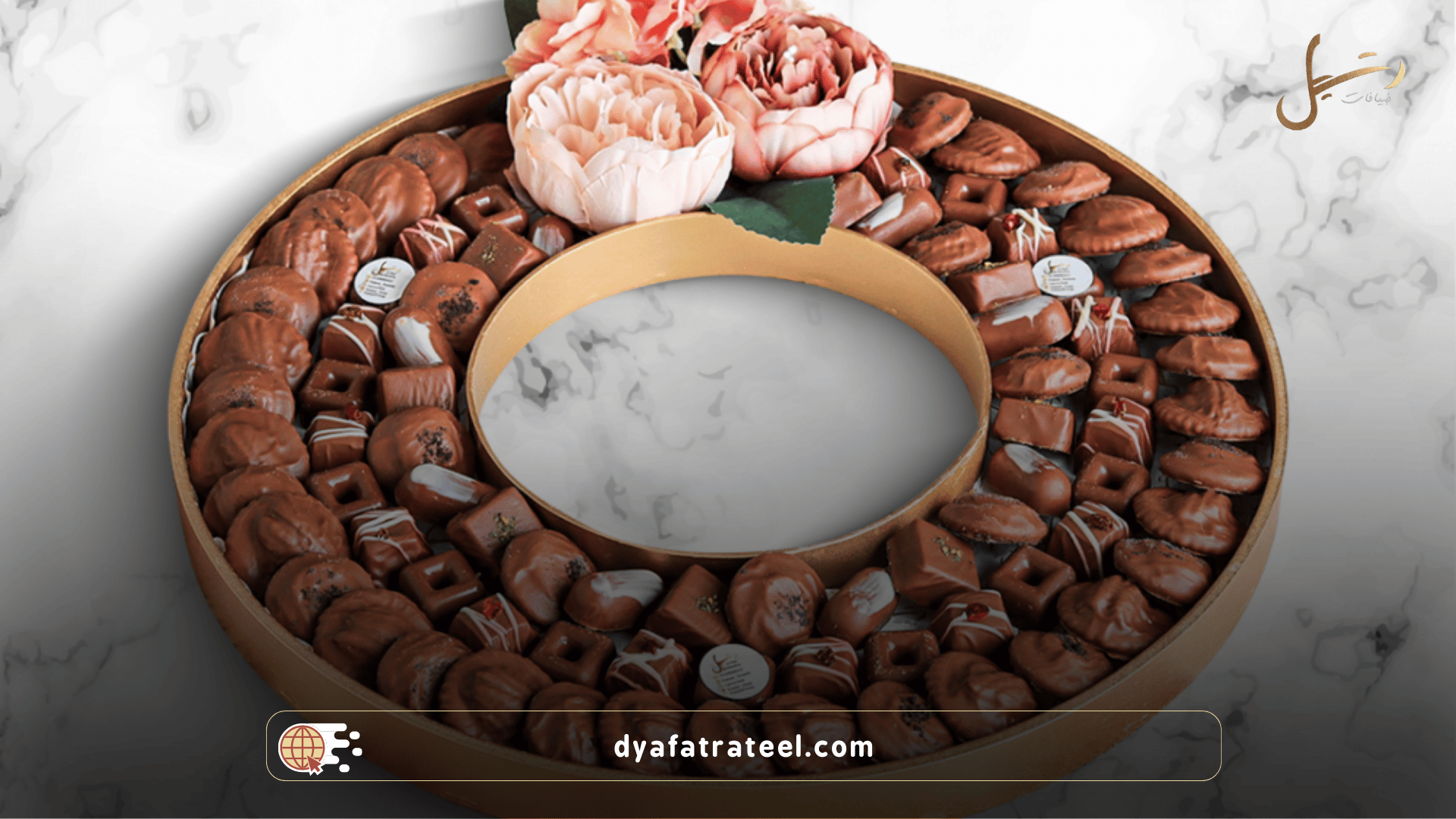
Is the Price Worth It?
Yes—while Belgian chocolate may cost more, the quality, flavor, and craftsmanship justify the premium. You’re not just buying a sweet snack; you’re getting a culinary experience.
Common Questions
Q1: What’s the difference between Belgian and French chocolate?
Belgian chocolate focuses on cocoa quality and smoothness, while French chocolate often emphasizes unique fillings and layered flavors.
Q2: Is Belgian chocolate vegan-friendly?
Some varieties, especially dark chocolate, are plant-based. Always check the ingredient list for dairy.
Q3: How should it be stored?
Store in a cool, dry place (15–18°C) away from light and moisture. Avoid refrigeration, which can affect texture and flavor.
Final Thoughts
Belgian chocolate isn’t just chocolate—it’s a gourmet experience. Its unmatched quality, texture, and richness make it a top choice for special occasions and everyday indulgence. Whether you're gifting or enjoying it yourself, Belgian chocolate offers a taste of luxury in every bite.
Looking for premium Belgian chocolate? Explore Diyafaat Rateel’s exclusive chocolate packages—crafted with care to delight every chocolate lover.




